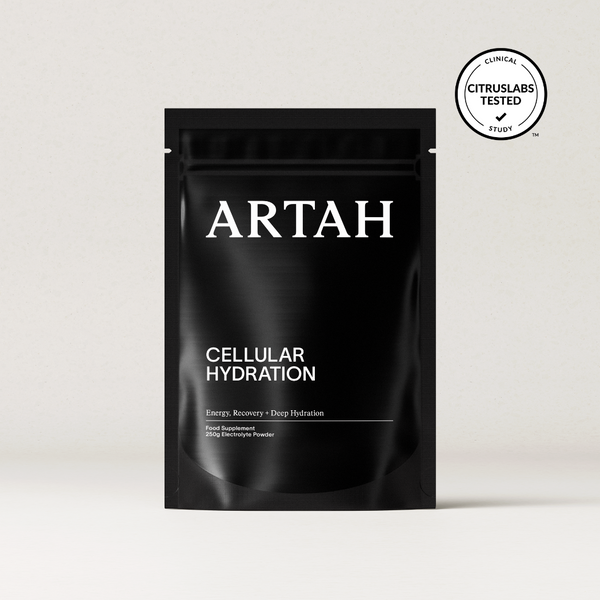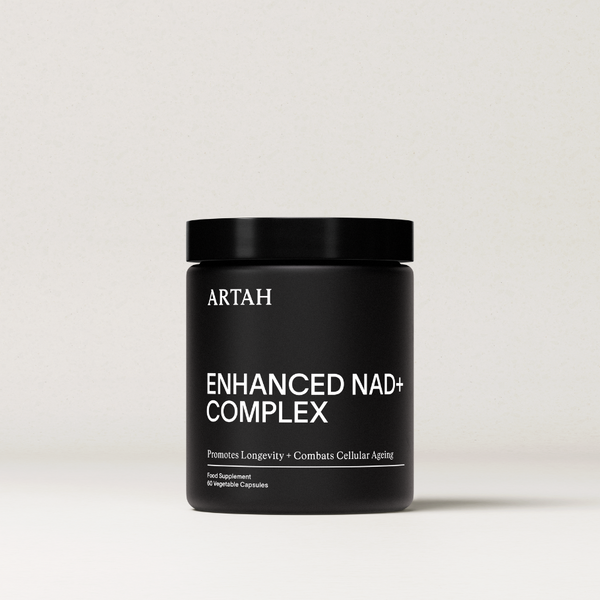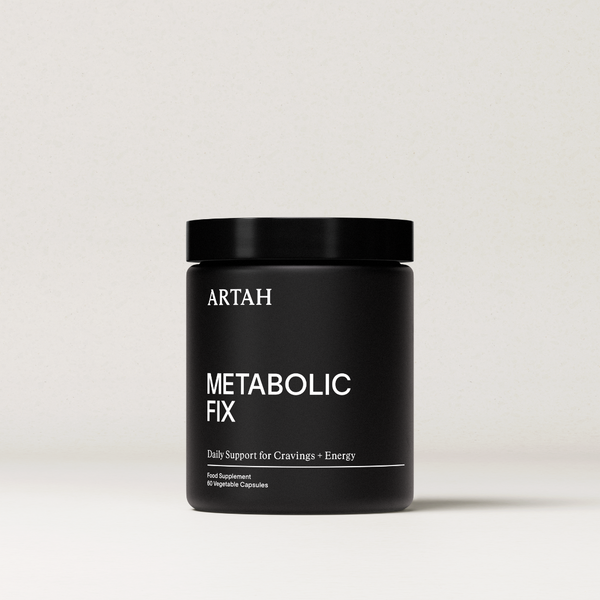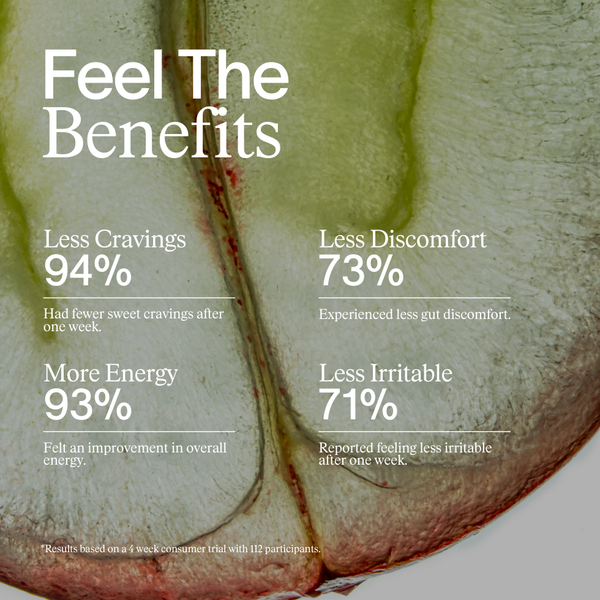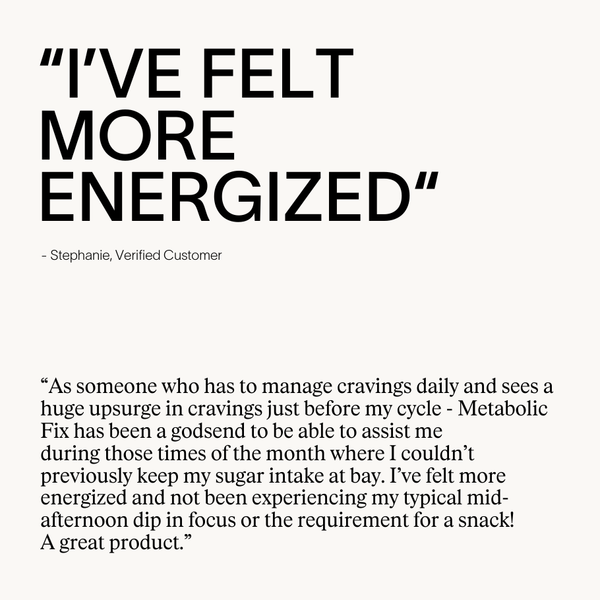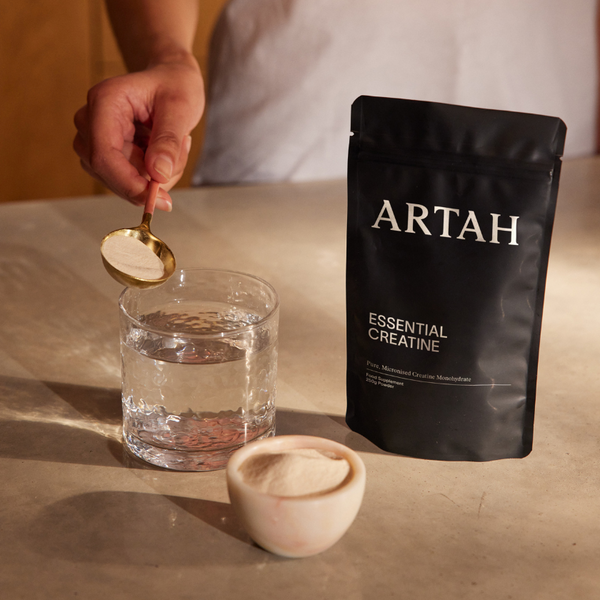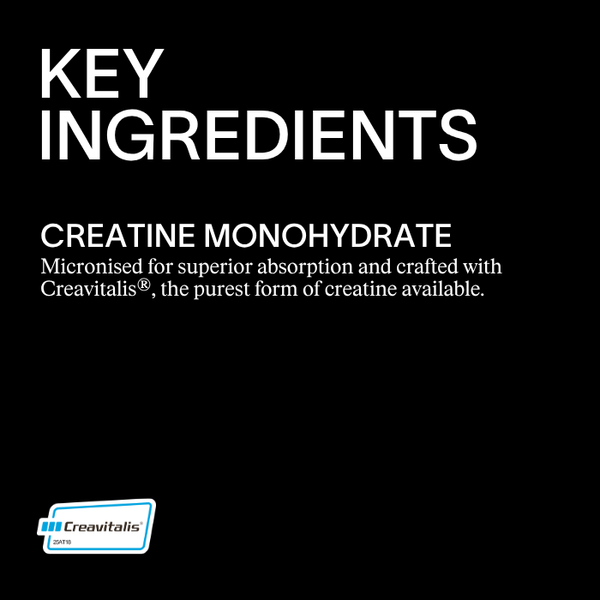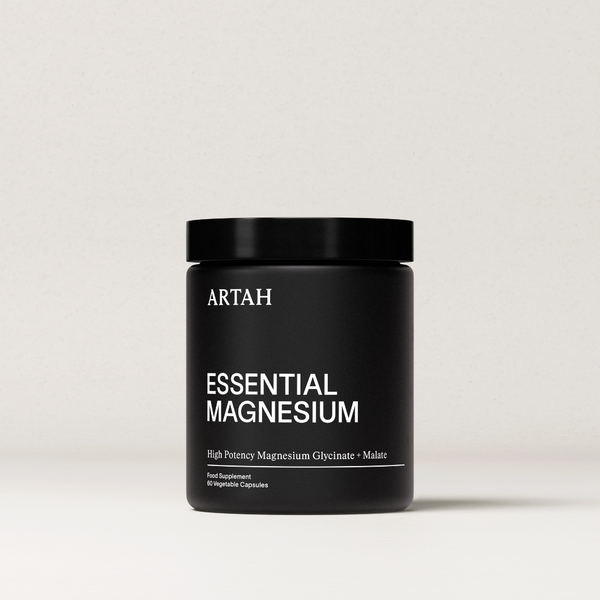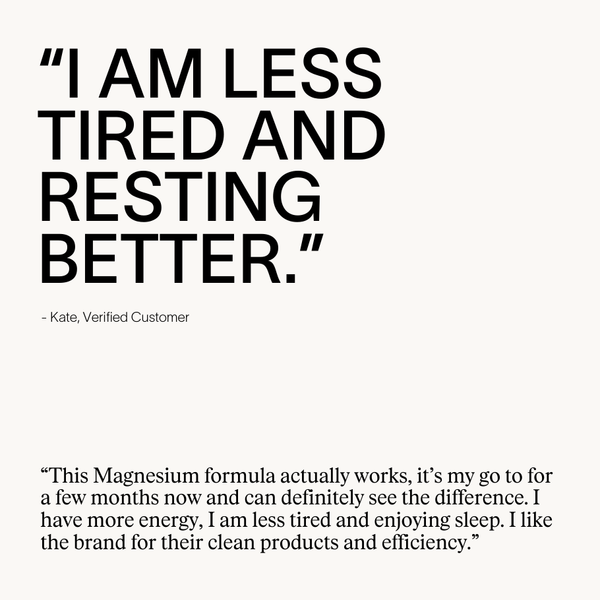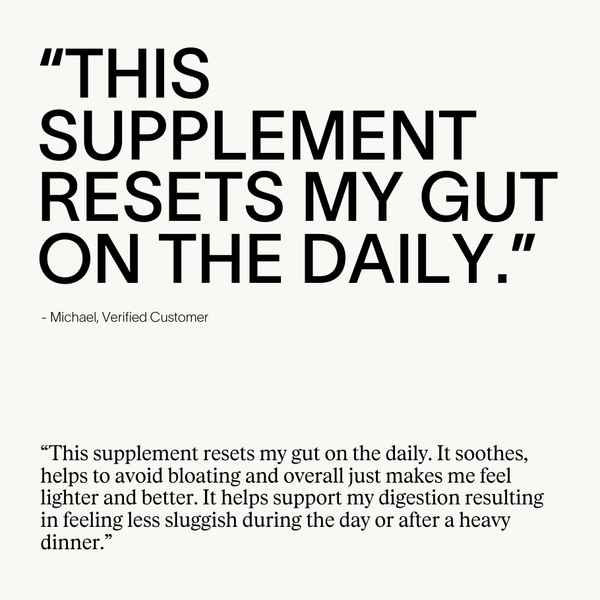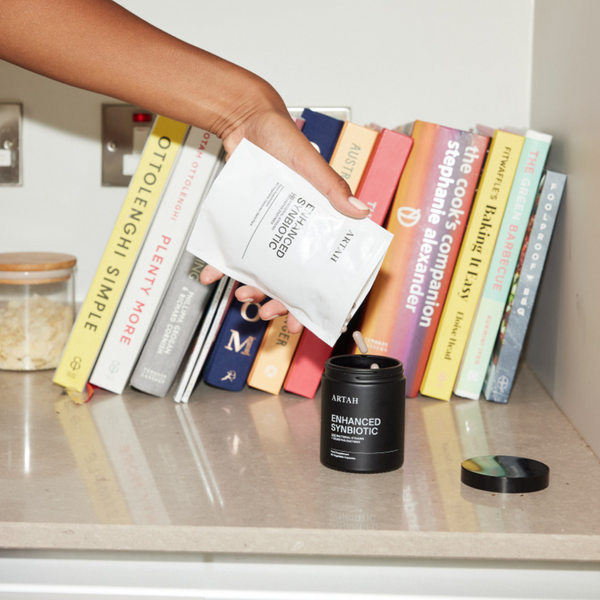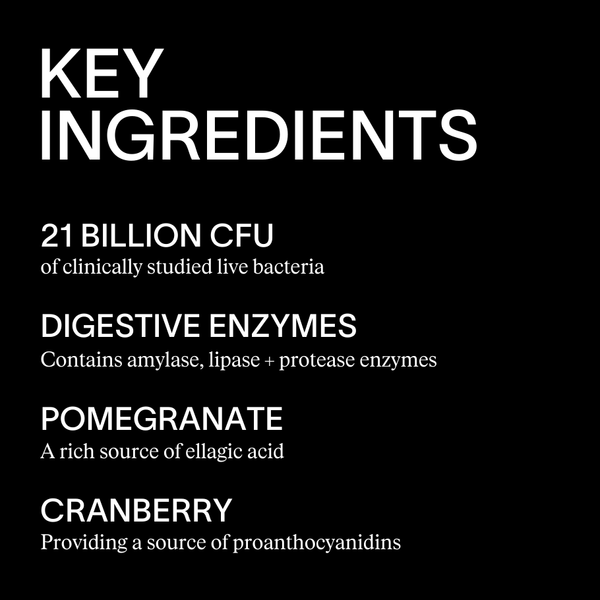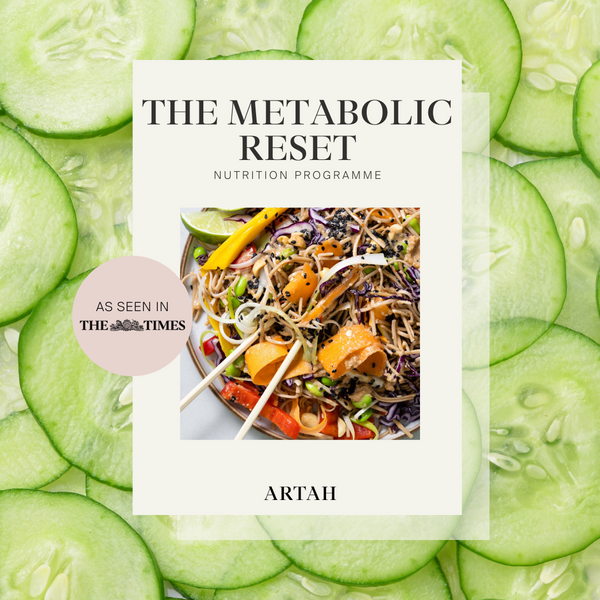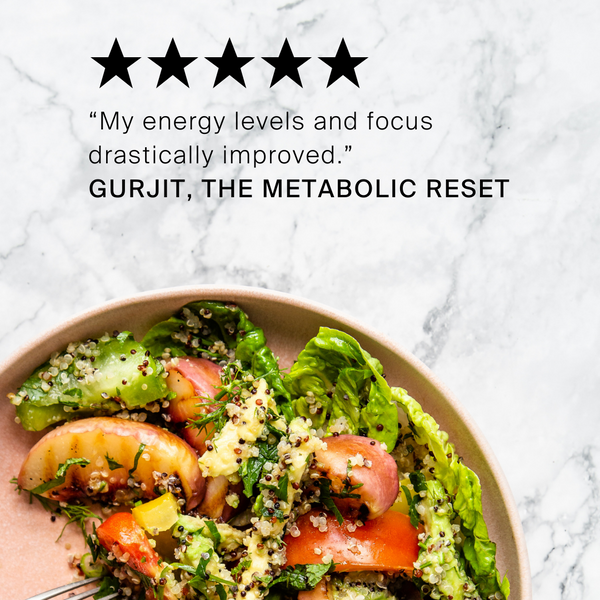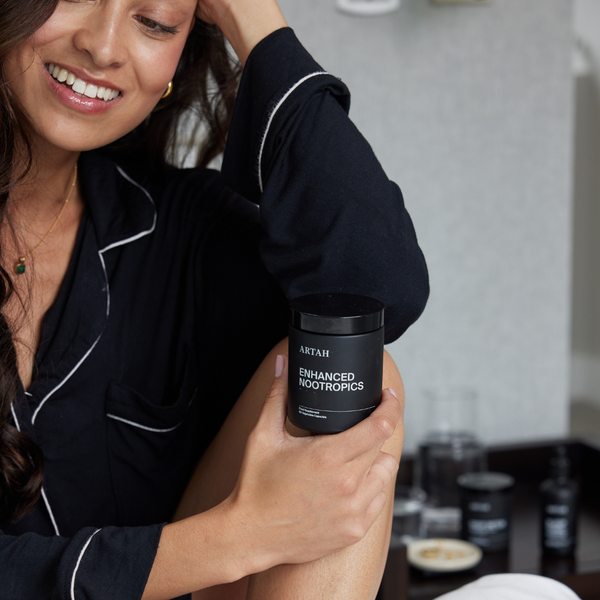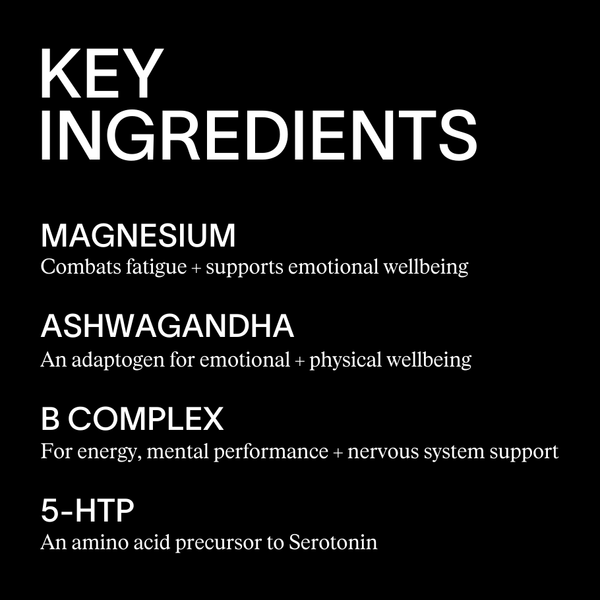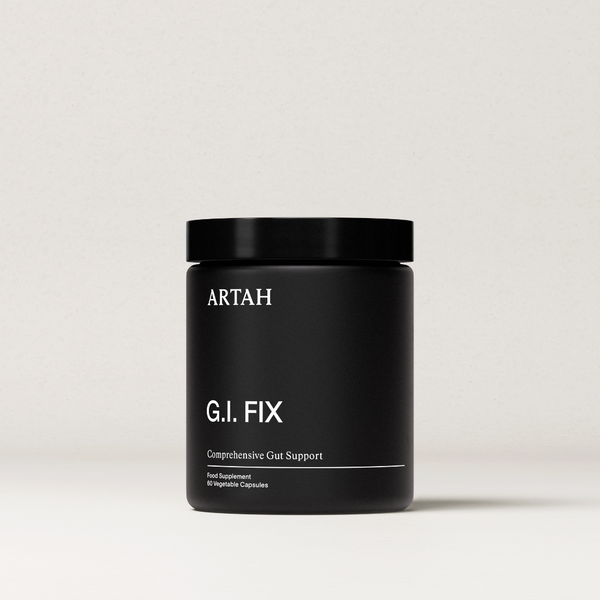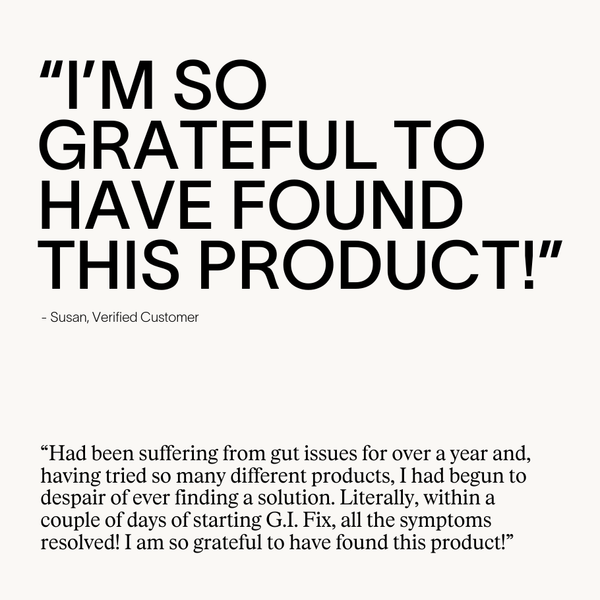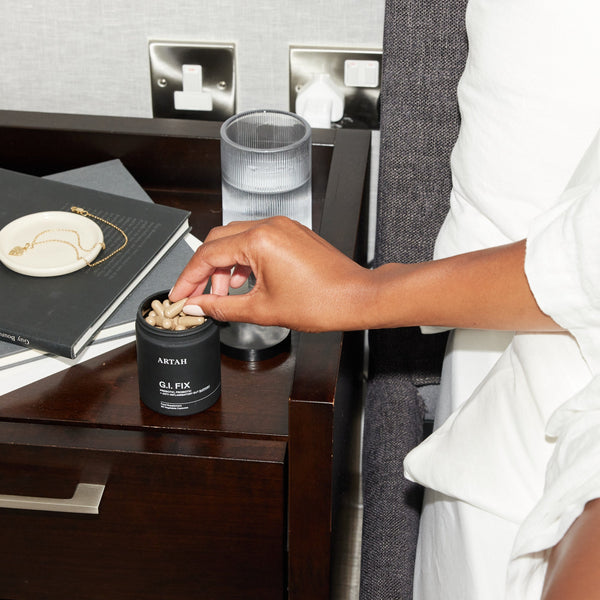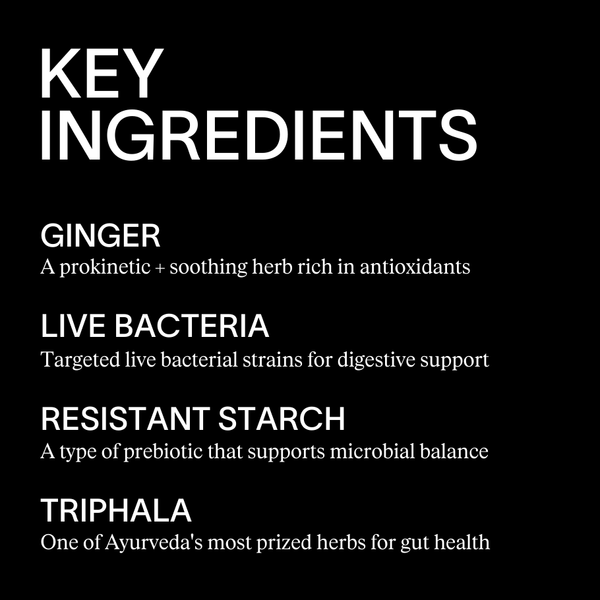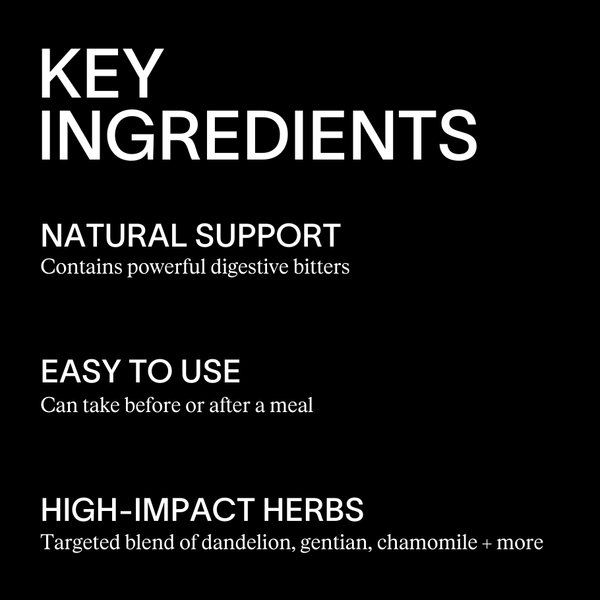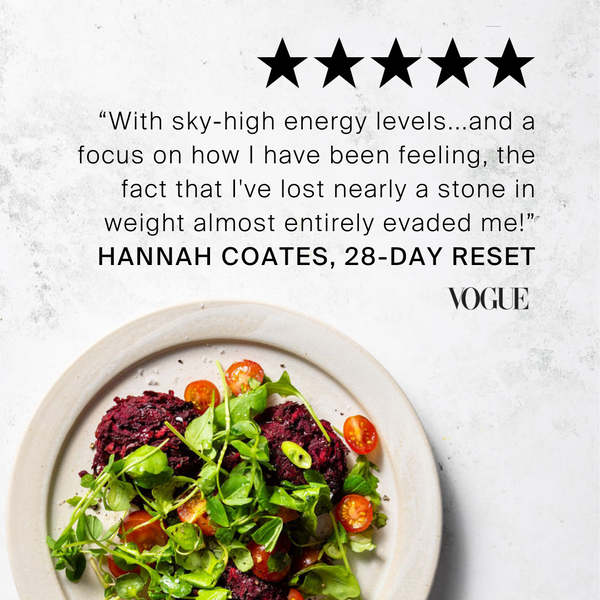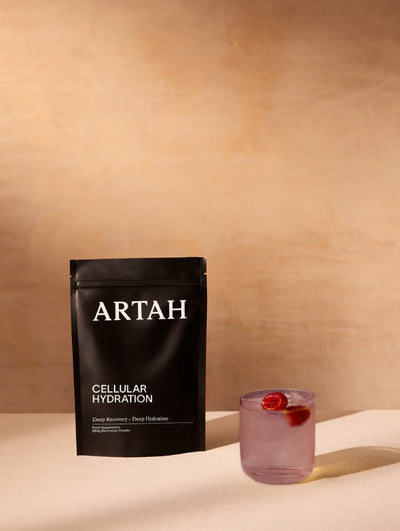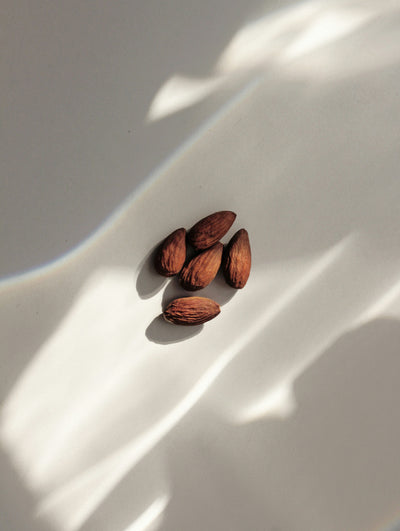We know that good digestive health is essential for good overall health, and our daily trip to the bathroom can offer up a ton of information about what is going on in the rest of the body.
In order to recognise when things are off, it’s important to first understand what is normal. So, what does healthy poop actually look like, and what are the common signs of imbalance? Read on to find out.
SIZE
There’s no hard and fast rule, but generally speaking, your poop should be about the length of your forearm. This doesn’t need to be all in one go, but your total poop for the day should be at least this. If you eat a large volume of food, it may be bigger. If you’re not passing this much it could be due to the volume of food you eat – for example, if you limit calories, have a regular fasting process or undereat.
SHAPE
You want to look for well-formed, smooth, sausage or s-shaped poop. It can range from soft to firm but should hold its shape and not look cracked or dehydrated. If you see pellets, small pieces or have lumpy poops that are hard to pass, you may be dehydrated. It could also mean that you aren’t taking in enough soluble fibre to add bulk to the stool. This can often be exacerbated if the diet is high in animal protein and processed foods like protein bars that have a lot of binders and fillers.
COLOUR
The normal brown colour comes from the breakdown of red blood cells into bilirubin, which is then excreted through the gallbladder. Whilst brown is the norm, the colour can vary dramatically depending on what you eat.
— Plant pigments can colour them more orange or red (think lots of carrots, sweet potatoes or beets)
— Lots of dark leafy greens or green supplements like chlorella can result in a green colour
COLOURS OF CONCERN
If you notice any of the below issues with your stool, it’s important to check with your doctor to rule out any underlying cause.
— Whilst large doses of activated charcoal or iron can cause your poop to be black, black stools are not typically normal and you should always get this checked out. It could mean that you have bleeding in your upper GI tract.
— Blood in the stool. Bright red blood means there is bleeding in the lower intestine or rectum. This is often from haemorrhoids or fissures but could also be something more serious, so it is always considered a red flag and you should speak to your doctor.
— Clay or grey-coloured poop could indicate an issue with your gallbladder and be a sign that it’s not excreting bile as it should be.
— Yellow greasy poop can occur if fat is not absorbed properly, so it’s important to rule out anything that could be causing this like a malabsorption issue.
— If you have pale-coloured poop, like what clay looks like, you might have something going on with your gallbladder. Remember, your gallbladder should be putting out bile, which has bilirubin in it, to make it brown.
CONSISTENCY
Not too soft, not too firm. The Bristol stool chart is a great resource to use to check in on what this really looks like in everyday life. When your poop is too soft it means that things are moving too quickly through your system. This could be stress, inflammation, a reaction to food or an imbalance in your microbiome. You can get a good idea of the consistency by your wipe – if it takes more than two passes to take care of your behind, then your stools are probably too soft or greasy.
UNDIGESTED FOOD
Whilst it’s normal to notice corn, we shouldn’t really be seeing undigested food in the stool. If you regularly notice undigested food, it could be because of the following:
— Decreased digestive enzyme production. Try digestive bitters like Digest + Debloat.
— Stress. Stress can also affect digestive enzyme production. If your stress is chronic, try switching off and practising a few minutes of mindfulness before eating and if you need more support, try Enhanced Nootropics.
— Lack of chewing. Eating quickly, on the go and in front of screens can sometimes mean we are literally biting off more than we can chew. Remember, our teeth are there for mechanical digestion, and chewing is an essential part of digestion.
ODOUR
It’s never going to smell like roses, but it definitely shouldn’t linger. If you can still smell your poop 1 minute after flushing, it could indicate an imbalance. Here are a few things that can cause an unpleasant odour.
— Malabsorption. Things like celiac, IBD and SIBO.
— Infection. This will likely be more straightforward to recognise because you’ll have other symptoms, but bacteria, parasites and viruses can all alter the smell of stool. Antibiotics can also cause this. If the smell is still abnormal after you have recovered, try a full spectrum gut support like G.I. Fix.
— Food intolerance.
Please note that if a foul odour is ongoing and accompanied by other symptoms, like diarrhoea, bloating, blood in stool, pain, or weight loss, it’s important to consult your doctor to rule out an underlying condition.
Need some support in the digestive department? Here are our all-stars.
G.I. Fix — best for inflammation, bowel movement support/motility, recovery from illness, and nourishing the microbiome with pre and probiotics.
Digest + Debloat — best for improving digestion and combatting wind.
The 28-Day Reset — best for getting to the root of food intolerances and giving the digestion system some R&R.
Deep Detox — best for encouraging elimination of toxins, supporting the liver and stimulating the gallbladder.
